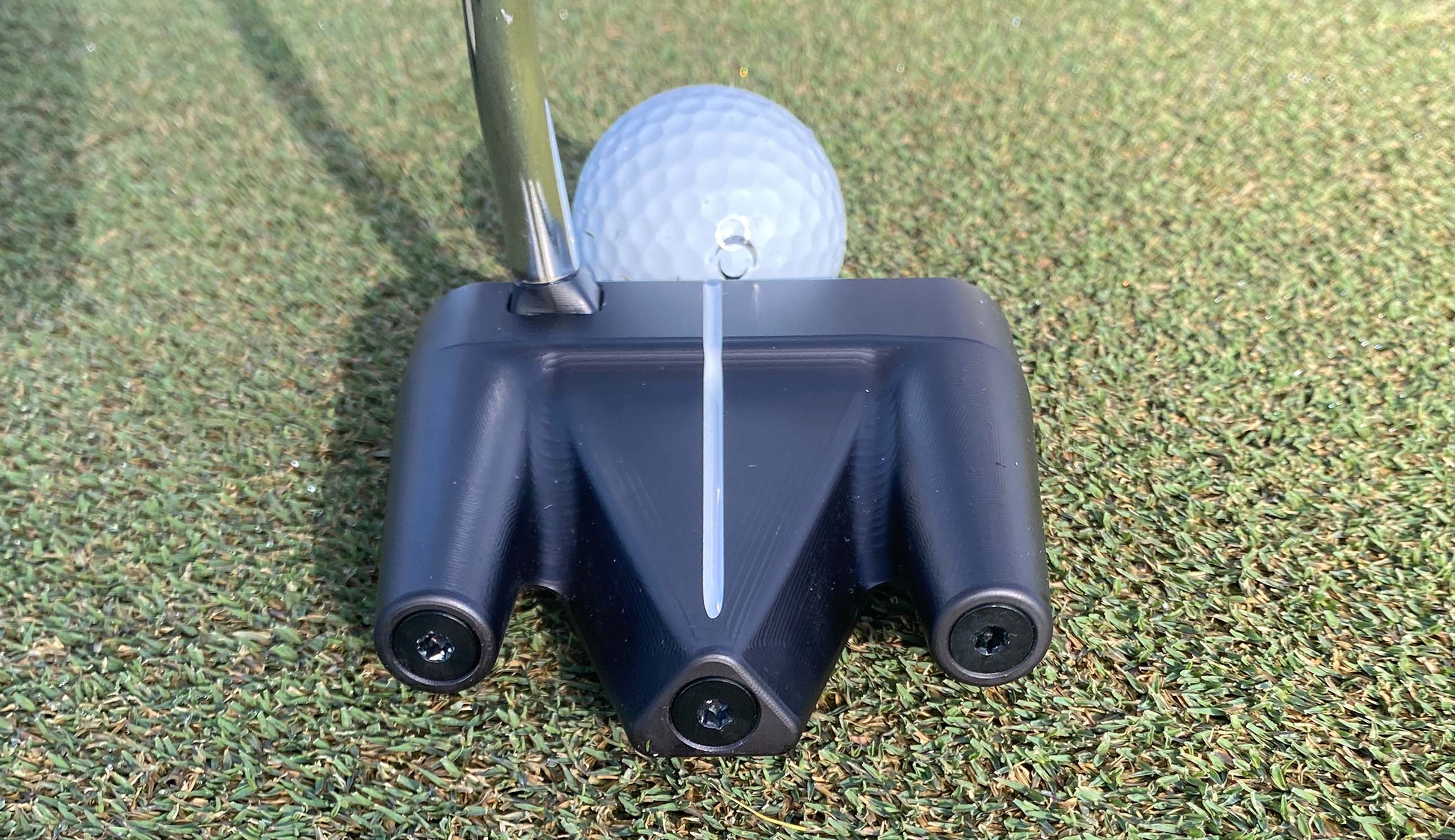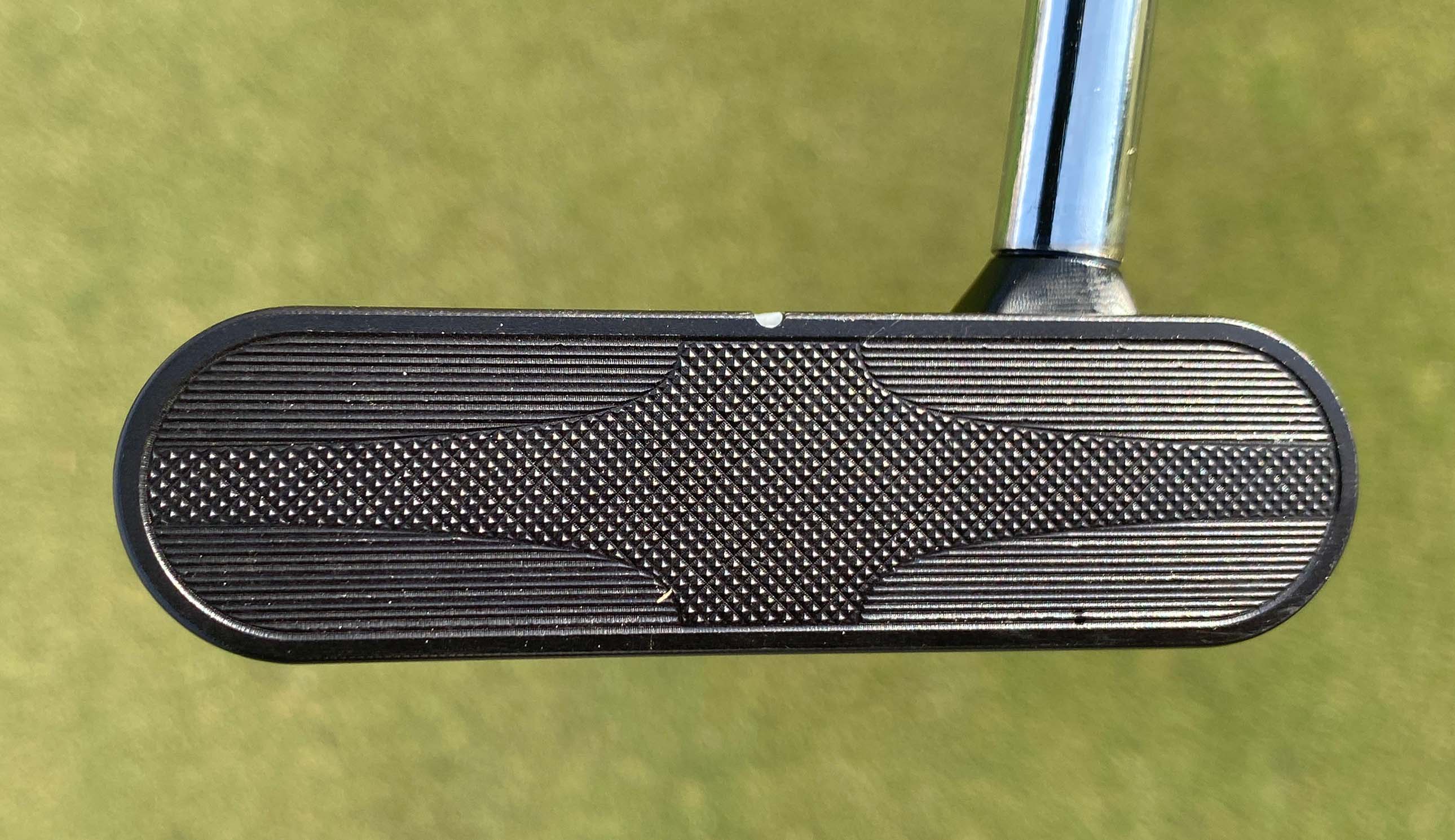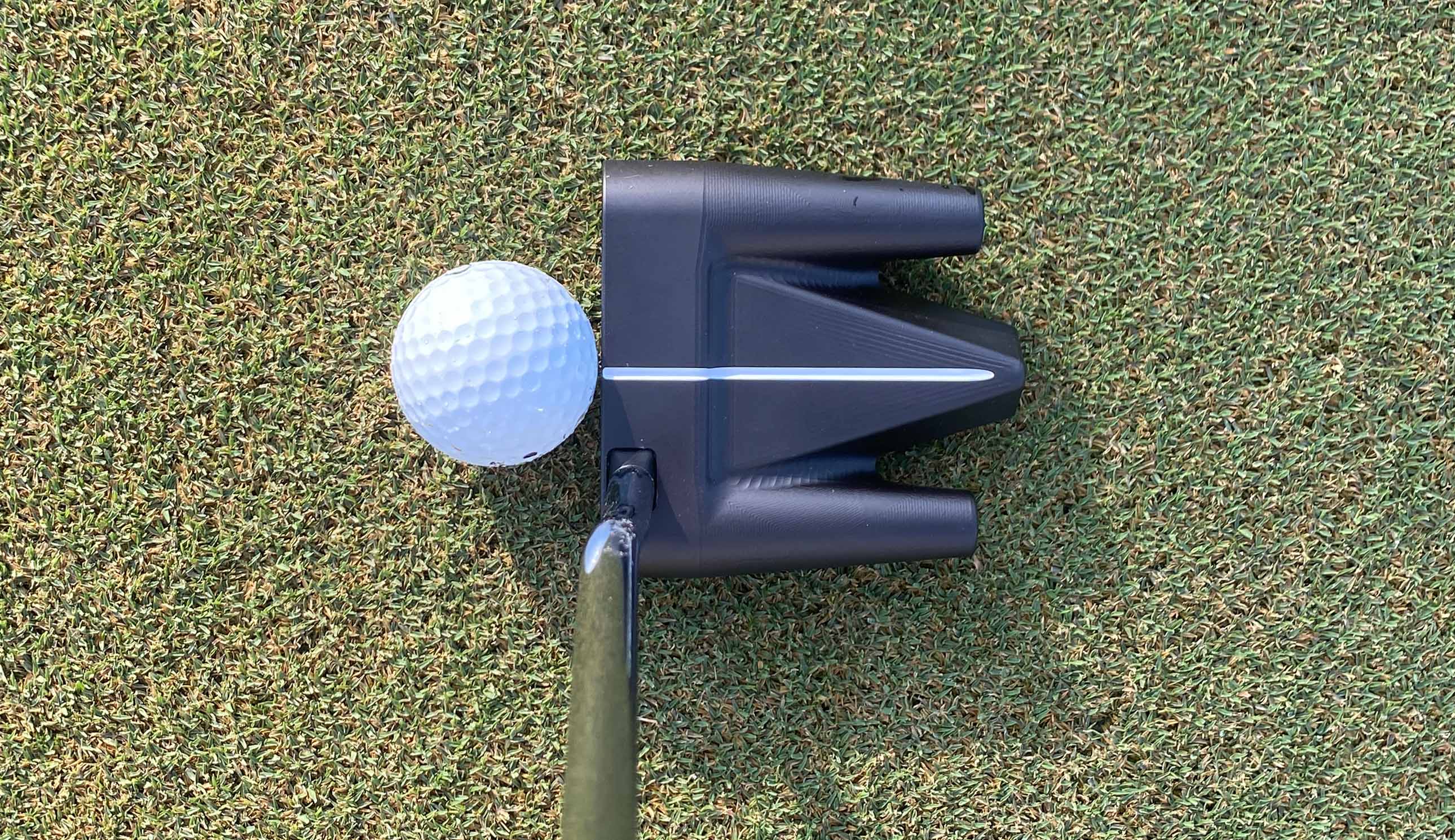Makefield V-S Putter Review
Martin Hopley weighs up the adjustable Makefield V-S putter


The Makefield V-S Putter packs a lot of adjustability into a compact head. With nine weight positions to play with there is the flexibility to accommodate every type of stroke. The feel and balance is very good from a distinctive shape that is more function than form.
-
+
High level of adjustability
-
+
Good feel from milled face
-
+
Long alignment line
-
-
Functional shape
Why you can trust Golf Monthly

Makefield V-S Putter Review
The Makefield V-S putter is one of those products that comes along every now and then where it looks like the idea and the technology has come first and the aesthetics second. The Makefield V-S Putter aims to solve a lot of putting problems and this starts with the head which is milled from a single block of aluminium alloy to minimise any vibrations that can come from heads with multiple parts.

The face is optimised using what Makefield call Radial Cusp Face Technology (RCFT). This is not only unique in that it is one of the few non-three letter abbreviations for a ‘technology’ in golf, but also for its design. The CNC milling on the face creates lots of ‘nodules’ that create an equal impact on the ball across the face. This innovative technology has earned this putter a place in our Editor's Choice awards.

The raised cross shaped section on the face shows the location of these nodules, or ‘intersectional nexuses’ to give them their official name. Whatever they are called, the feel from the face in testing was very good, with a great soft feel that gives decent sound feedback.
However the raison d’etre for the Makefield V-S is it’s X3 weighting system that houses nine weights in three cylindrical ports that run through the heel, centre and toe of the club. Behind the screw inside are nine weights to play around, which are made up of heavy tungsten and light aluminium. This enables you to move the CG and heel/toe balance of the putter around to suit your stroke and make this a forgiving putter .

Imagine a grid of nine possible positions behind the face, three in each port. The standard setting has the heavier tungsten weights in the front of the heel and toe ports and in the back of all three ports. The lighter aluminium weights fill in the gaps in the middle to create a balanced putter with forgiveness on the outside points.
If you want a face balanced putter move all three tungsten weights to the front of each port and have six aluminium weights behind them. If you miss putts right and want to have a putter that closes more quickly then put the three heavy eights in the heel port and the six lighter weights in the centre and toe ports. For missing putt to the left do the opposite and so on.
Subscribe to the Golf Monthly newsletter to stay up to date with all the latest tour news, equipment news, reviews, head-to-heads and buyer’s guides from our team of experienced experts.
It certainly is flexible and you would have to be a pretty poor putter not to find at least one setting out of the 420 possible combinations that would work for you.

I liked the Makefield V-S to putt with as the feel is very good and the balance from the head through impact is great, but a looker it is not. There are other Makefield putters that look more appealing at address than the V-S and they do have moveable weights, but not to the same degree and they don’t feel quite as good.
So if you are in the market for a Makefield, or just an adjustable putter, then the V-S is the model to go for, even if you have to close your eyes. Which might also help your putting too.
Martin Hopley is one of the foremost UK equipment reviewers with over 20 years' experience. As the former founder of Golfalot.com he was an early pioneer of online reviews and has also been a regular contributor to other titles. He is renowned for his technical knowledge and in-depth analysis, which he now brings to Golf Monthly.
